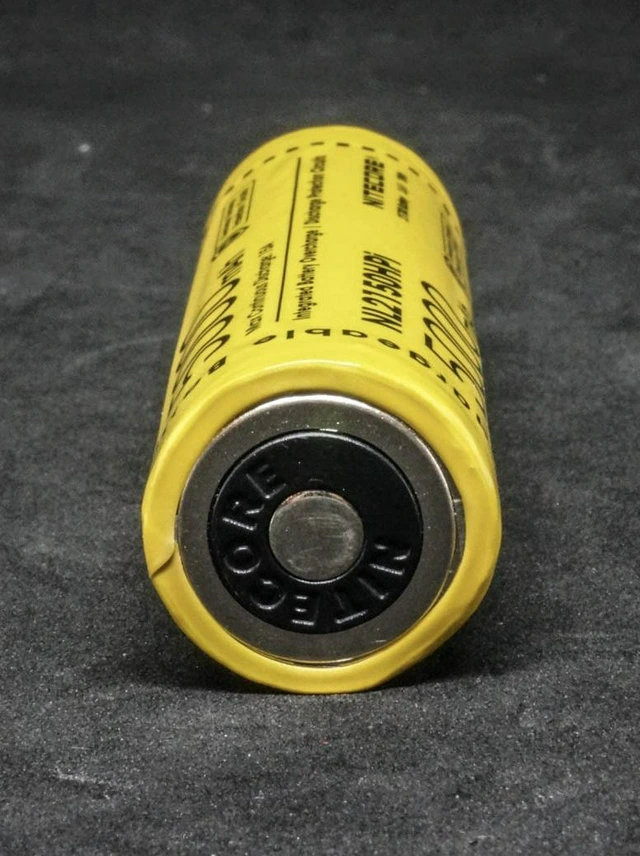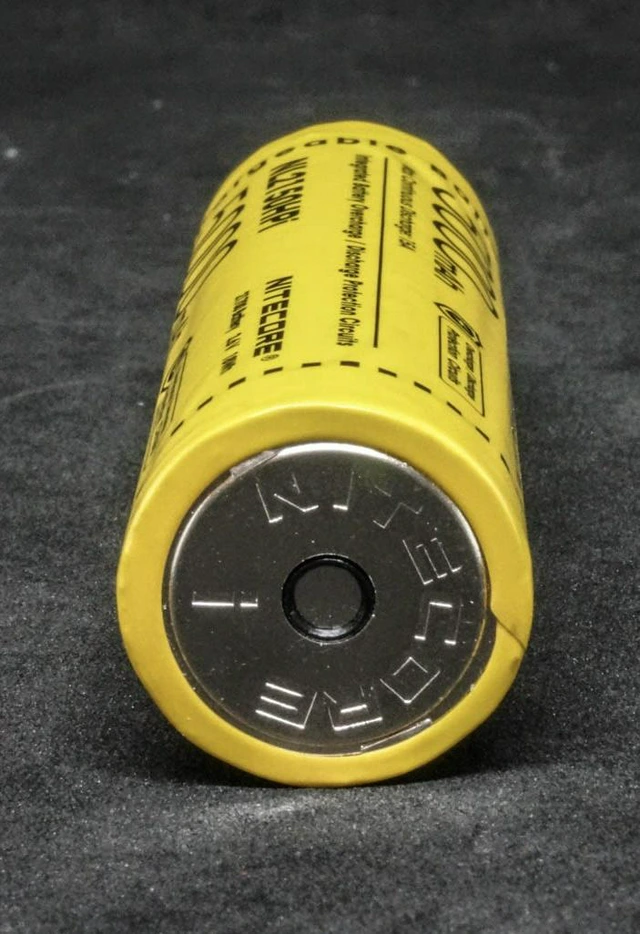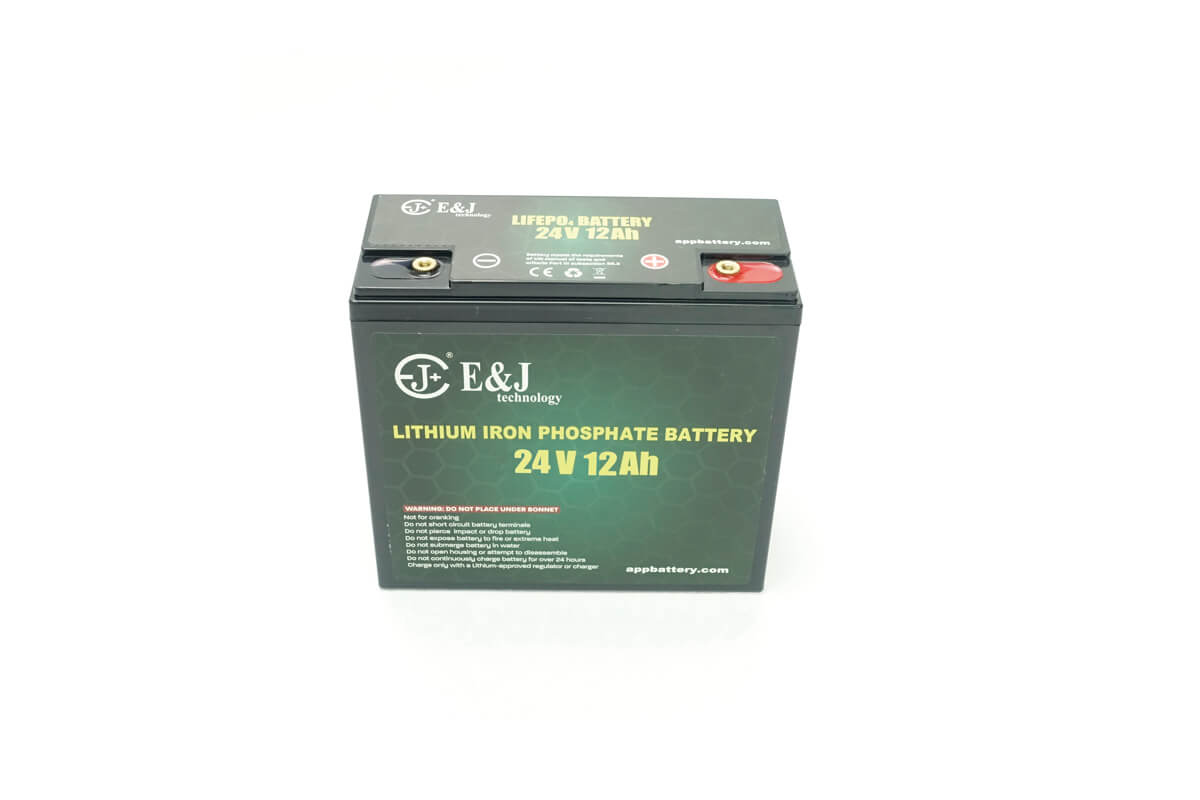is it really a myth, though? unless it was all bs, i feel like i've seen some convincing experimental evidence that suggests capacity loss slows down at lower temps.
It's a myth because your freezer is full of water. You can't see it because it is vaporized in the air. Your freezer also does not hold a constant temperature, but changes quite a bit from the door opening and closing, but even if the door was kept closed, the temperature would still fluctuate enough
to cause condensation to form on everything in it, including your batteries. Does it sound like storing water droplets on your batteries is a good idea? You lose far less capacity storing your cells at 60°F in a dry environment than at 0°F in an environment that fluctuates between 30% humidity and 80% humidity at least twice a day, which is what is happening in your fridge if you never open the door. If you do open the door ever, then it happens more often, and each time, really.
More half truths and misinformation.
Glossing over details, commonly known as handwaving, is misdirection, and fallacious argument.
The air has very little heat capacity.
If the temperature rises 10°, then it has enough heat capacity to spike the humidity levels up to 90%, which when it cools back down 10° will precipitate out as condensation, which forms on every surface therein, including inside zip lock bags, as the air in the bag, though sealed, is the same air with the same relative amount of water.
The food, the walls, (batteries) are where all the heat capacity is, and they will stay much colder.
Yes, and this is precisely what causes the problem. Ever pull a canned soda out of your fridge and leave on the counter? The can is a lot colder than the air in your kitchen. What happens? Does the can get dryer? Or does condensation form on it? I don't know what goes on in your kitchen, but in mine we obey the laws of thermodynamics.
Because of this, once the freezer returns to its cooling cycle, the air temperature rapidly goes down.
That is correct, and when the air cools, its capacity to hold the moisture that the warmer air was holding is reduced. The mosture has to go somewhere, and in fact we can see it precipitate out in the form of condensation on all surfaces, which then freezes, thaws, freezes, and becomes layers of frost.
Guess what, when you open the freezer, the room air will replace the air inside the freezer.
That's right, except you're failing to realize is the air in your home is likely between 40% and 60% humidity, higher than in your freezer. In fact, all the water in your freezer came from the air in your home, and every time you open the door, you're replacing the moisture that turned into frost.
When you close the freezer, that air will cool rapidly due to the far higher thermal mass of the food and the freezer materials. The humidity will spike rapidly to 100%. Never mind 70-80%, 100%. That probably happens a few times a day at most houses. 22C air, 50% relative humidity is enough moisture at -18C to reach 100% humidity 6 times over. That is why you need a defrost cycle. That moisture condenses on the coolest thing.
Very clever of you to agree with me. I suppose the frozen batteries won't be among the coolest things?
It is a non issue. Anyone heard of Tupperware or a Ziploc bag?
Because you've been dehumidifying the air in your Tupperware and Ziploc bags all along. Why did I not see that coming?
Basically Chillin copied and paste what ONE PERSON said on Quora, without doing any real research. He has no idea if that person's answer was professionally qualified, how applicable to modern equipment it is, what the practical implications are, etc.
Now you're clairvoyant. This is known as the mind-reading fallacy. Effectively you have no ability to be rational, and in desperation, you think that by fantasizing about what I did, that you can somehow be persuasive, hoping no one will notice no matter what I did is entirely irrelevant. By calling me stupid, you don't need to actually address my argument. Yet my argument stands, almost like a statue, only appearing bulletproof because you have completely ignored it.






